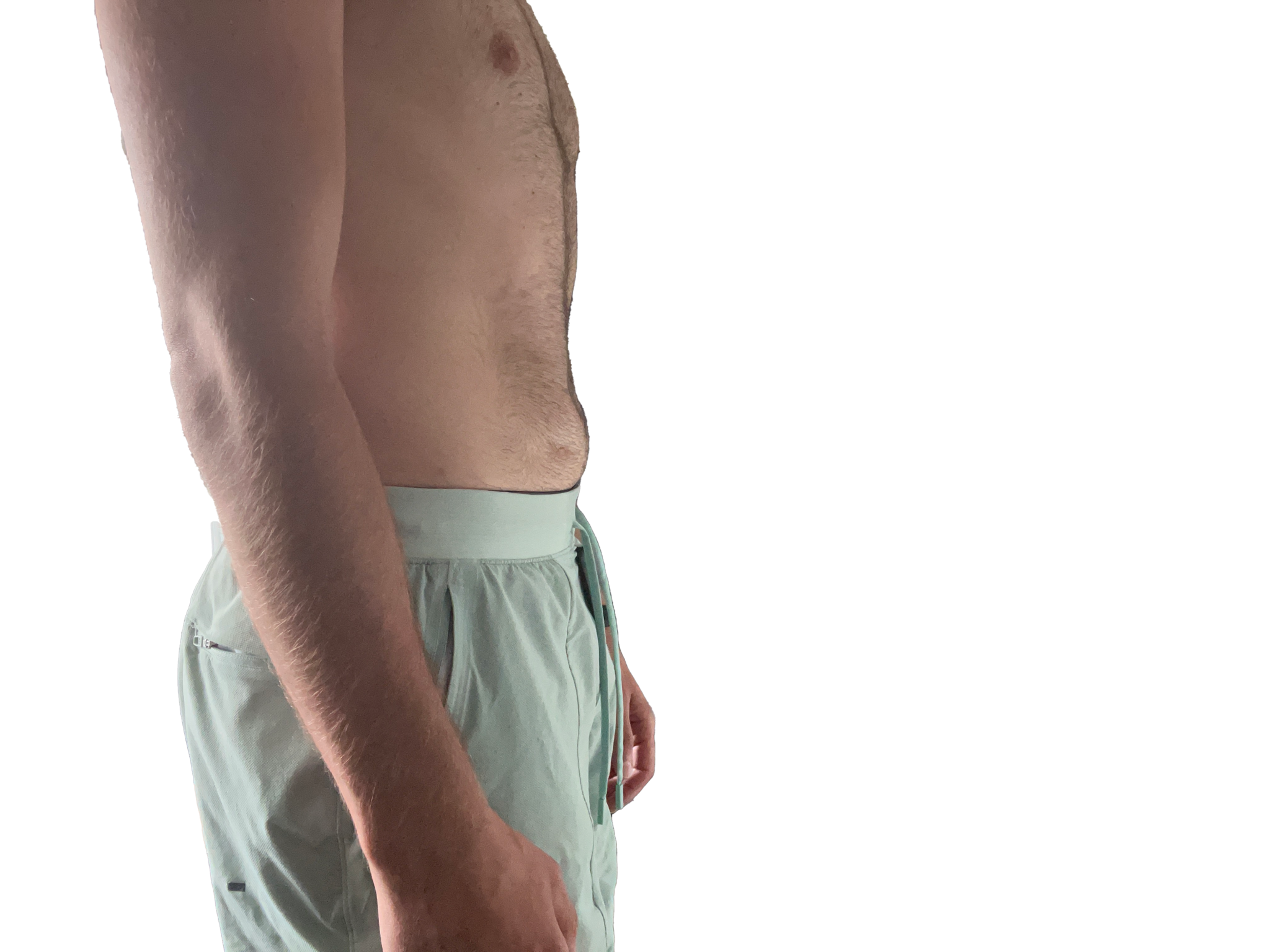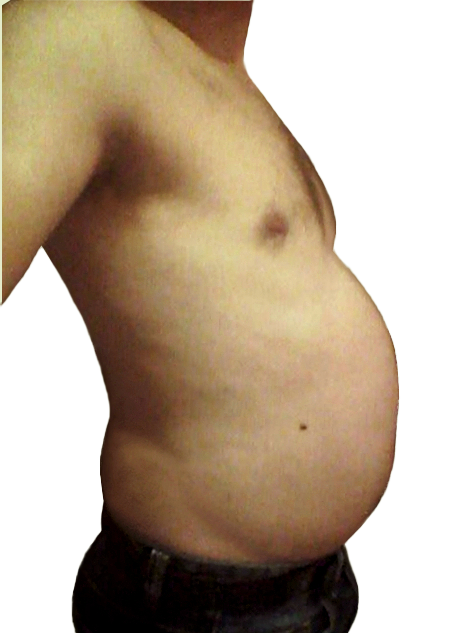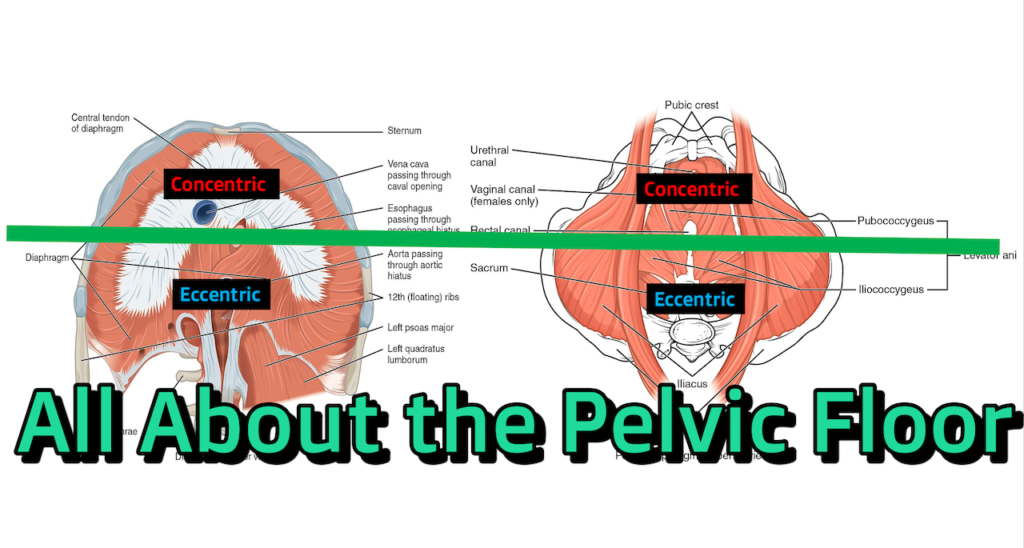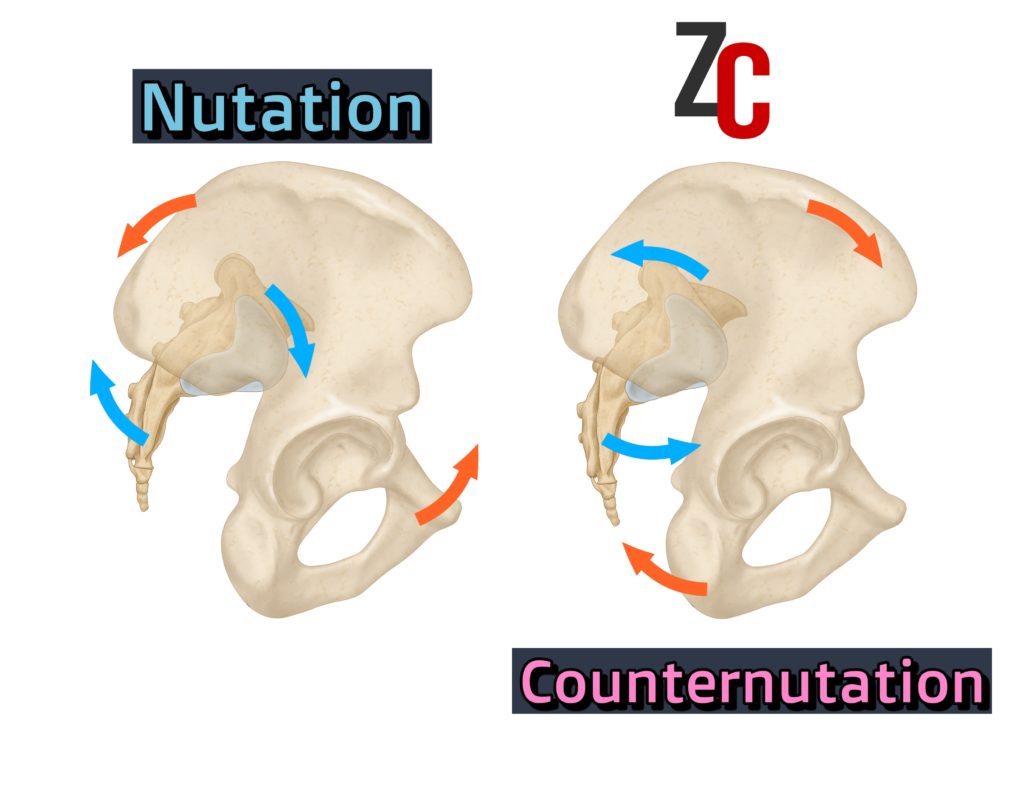Table of Contents
What if the pot belly wasn’t only belly fat?
So belly fat, gut issues, and pathology can definitely create a round, pot belly.
But what if there is another cause that could contribute?
This component gets sorely ignored when trying to reduce the pot belly size.
That is: MOVEMENT.
As limited movement in the abdomen and pelvis can be a MAJOR contributing factor to the appearance of the pot belly.
What can you do about it? Check out the post, video, and podcast below to learn more.
Pot belly biomechanics
Why is it that some people have pot bellies and others have pooch bellies?


The answer has to do with one’s body structure.
Typically, those who present with a wider ribcage and pelvis (wide infrasternal angle [ISA]) are the ones who present with a pot belly.
Here’s how this occurs.
Somehow, muscular activity must push the abdominal contents (guts) directly forward WITHOUT descending down as we see with the pooch belly. Basically, we need back muscles to contract and internal muscles to squeeze the guts up and down like a trash compactor to get this forward push.
A wide ISA’s body structure fits the bill, as this body type has increased resting muscular tension in these specific areas (compared to those with narrower ribcages). This is normal.
The major players here are (again, THIS IS NORMAL):
- Posterior chain musculature (e.g. erector spinae)
- Anterior portion of thoracic diaphragm (contracts and pushes guts downward)
- Anterior portion of pelvic floor (contracts and pushes guts upward, this is sacral nutation)

Hence, the combination of this structure’s normal tendencies is what contributes to a pot belly from a movement perspective. It is not the only contribution, but one that gets often ignored.
How movement can improve a pot belly
If there is a movement influence in the way the guts are carried then it would make sense that improving movement in this area could influence pot belly appearance.
If one has guts that are pushed forward, this person needs to learn how to push the guts back.
Basically, we have to flip the muscular activity presented in these folks:
- Ascend/eccentric anterior thoracic diaphragm
- Descend anterior pelvic floor (through sacral counternutation)
- Eccentrically position backside musculature

Perform these actions and the guts can move backwards, reducing the appearance of a pot belly.
Here’s the sequence that I use for this.
Step 1: Increase lower ribcage dynamics
Here, I use rollout variations. These activities engage the abs and squeeze the sides of the ribcage, starting the gut pushing back process.
Moreover, the prone position tends to keep the guts more forward, making this move an easier starting point since the range of motion demands are less.
The breathing sequence within this move is what begins pulling the guts backwards.
Step 2: Create space and reduce backside muscle activity
In order for the guts to move backwards, you have to create space in the back of the body. Space is creating by reducing muscular activity.
Here, the same connect roll is great because the yoga block increases abdominal activity (without crunching) and the rotation allows for more movement to occur compared to the previous bilateral activity.
I would start with sidelying to supine:
Then progress to supine to sidelying:
Step 3: Squat
Squatting maximally pushes the guts backwards because of the change in pelvic positioning (sacral counternutation) and the need for the posterior chain to become eccentric.
But here’s the problem.
Those who have pot bellies aren’t built to be effective squatters (in terms of movement expression, not necessarily weight).
For this, it’s best to start with box squat variations. These activities are more hinge-like, which better suits their structural bias. I’ll often use a medicine ball or sandbag to create a physical block for the guts to move forward.
From here, you can progress to a full-depth squat with the same front blockade. I would use a ramp, as this will assist in getting the pelvic position desired:
Sum up
If you can nail these moves (without rushing through the progression), you’ll have done all in your power to minimize the movement components that can contribute to a pot belly.
To recap:
- Pot belly occurs when the abdominal contents sit directly forward
- Increased resting tension in backside tissues, as well as the anterior diaphragms, can contribute to the pot belly appearance
- Reversing the resting tension in these tissues can minimize the movement component of a pot belly
What movement struggles have you had? Comment below and let us know!

